The Bulloch County Historical Society’s July 28, 2025 meeting featured a revealing and commemorative presentation by Dr. Brian Feltman, history professor at Georgia Southern University. This program focused on the often overlooked African American soldiers of World War I. Of the 26 Bulloch County natives who died, 13 were African American.
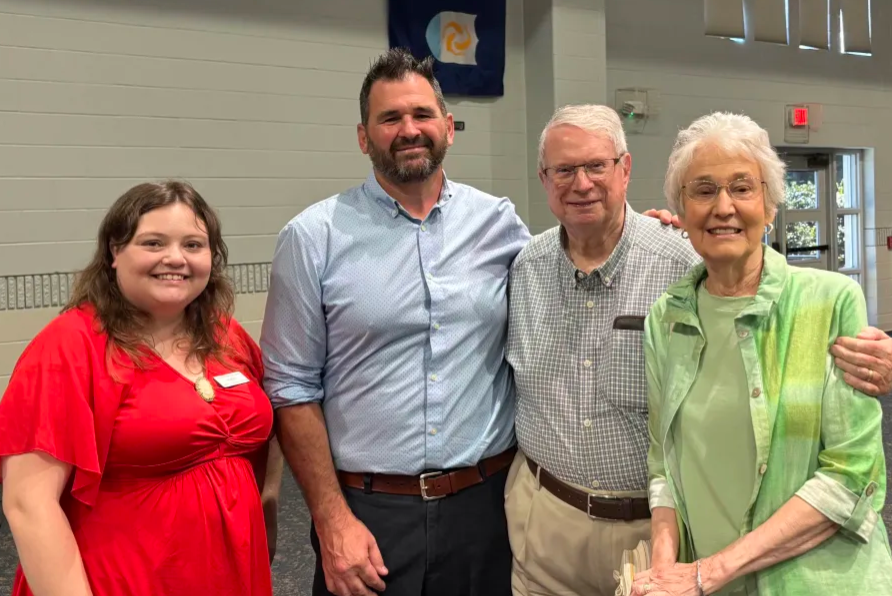
Dr. Feltman, alongside his students, have developed a remarkable exhibit to share these untold stories, and his presentation at the meeting highlighted the work. This project was a partnership between the Department of History and special collections with funding from the Georgia Humanitarians.
“It was interdisciplinary, and the collaborative nature made it possible to reach a wide audience,” shared Dr. Feltman. “This exhibit honors the memory of these fallen soldiers and offers an intimate look into their lives, shedding light on the complex reality of fighting for a nation that, at the time, treated them as second-class citizens.”
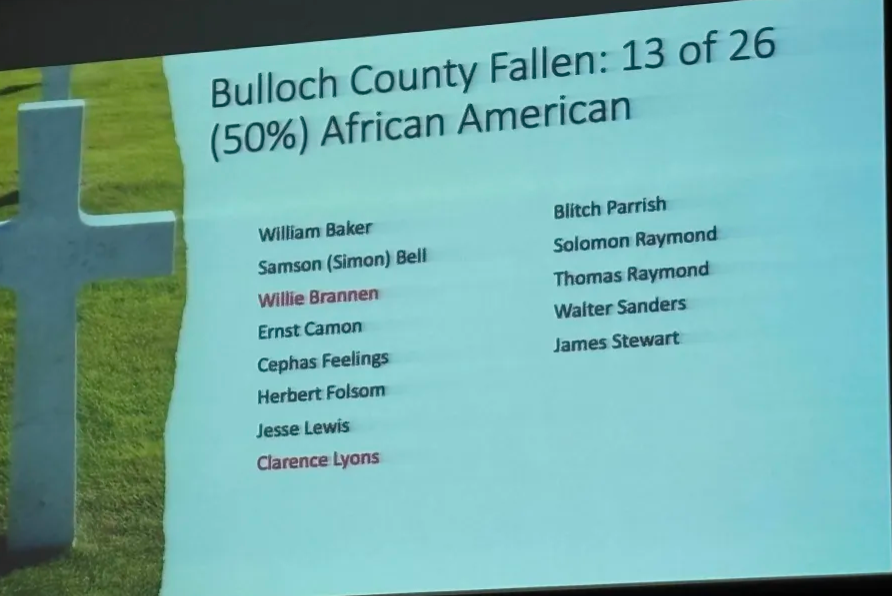
Before the program, 60 guests enjoyed a time filled with camaraderie and making new connections. A delicious buffet lunch, catered by A Touch of Class by Annette, was served and enjoyed. The menu featured tossed salad with ranch dressing, fried chicken with pulley bone, macaroni and cheese, green beans, yeast rolls with butter, banana pudding, and assorted beverages.
Dr. Feltman, a native of South Carolina, has been a professor of history at Georgia Southern University in Statesboro since 2012. His research interests include World War I, prisoners of war, wartime commemoration, and visual culture.
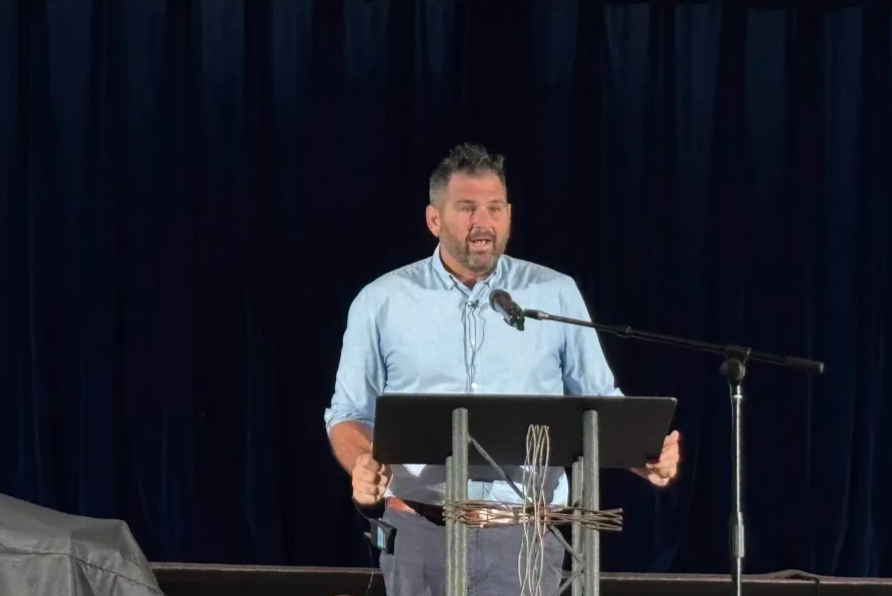
His ongoing work, The More Than a Name Project, seeks to restore African American soldiers in the collective memory of World War I, standing alongside their white fellow servicemen. This war profoundly shaped Bulloch County in significant ways.
Dr. Feltman began his presentation by sharing that 380,000 African Americans served in World War I, and 34,303 were from Georgia. Approximately 1,100 saw combat, and 240 African American men from Bulloch County were veterans of the war.
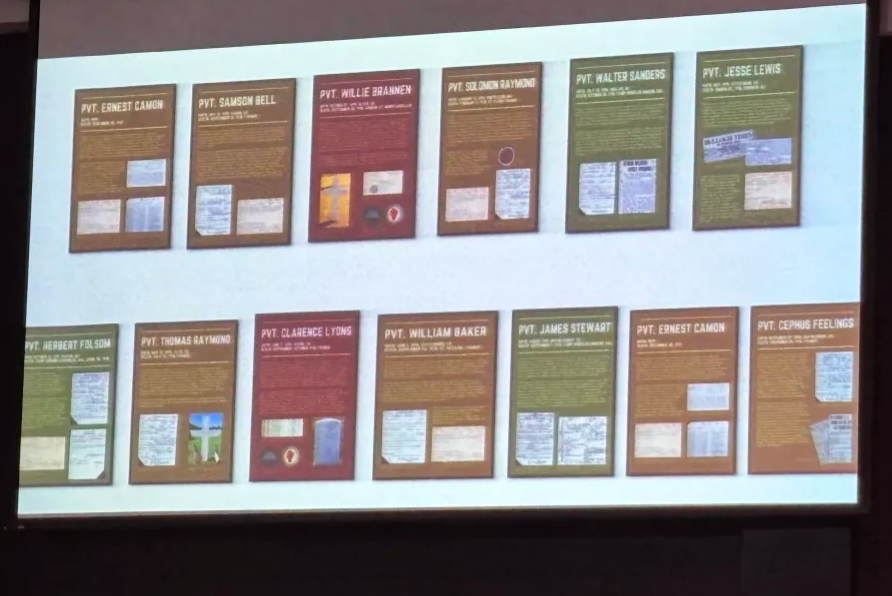
By 1916, the United States had realized that it was likely to be drawn into the First World War. With the U.S. military small and underdeveloped, plans were made to build a modern army through a draft system. Once the United States officially entered the war in April 1917, all men of military age were required to register for Selective Service. The registration date was set for June 7, 1917.
In Bulloch County, 1,310 white men and 932 African American men registered for the draft. The high turnout of African American men for military service was so significant that the Statesboro newspaper published an article praising their loyalty. It stated that African Americans were more than willing to serve and eager to fight for their country.

Despite this patriotism, African American soldiers were segregated throughout their service. At training camps like Camp Gordon, 90% of African American servicemen were assigned to non-combat roles. Their duties included building roads, cutting down trees, loading and unloading cargo ships, and other labor-intensive work; only about 10% of African American soldiers were given weapons or placed on the front lines.
The U.S. created two segregated divisions: the 92nd Division, the Buffalo Soldiers, and the 93rd Division, mostly African American combat troops. The 93rd Division fought under French command. Several African American men from Bulloch County served in this distinguished unit and played a powerful role in the success of the U.S. military.
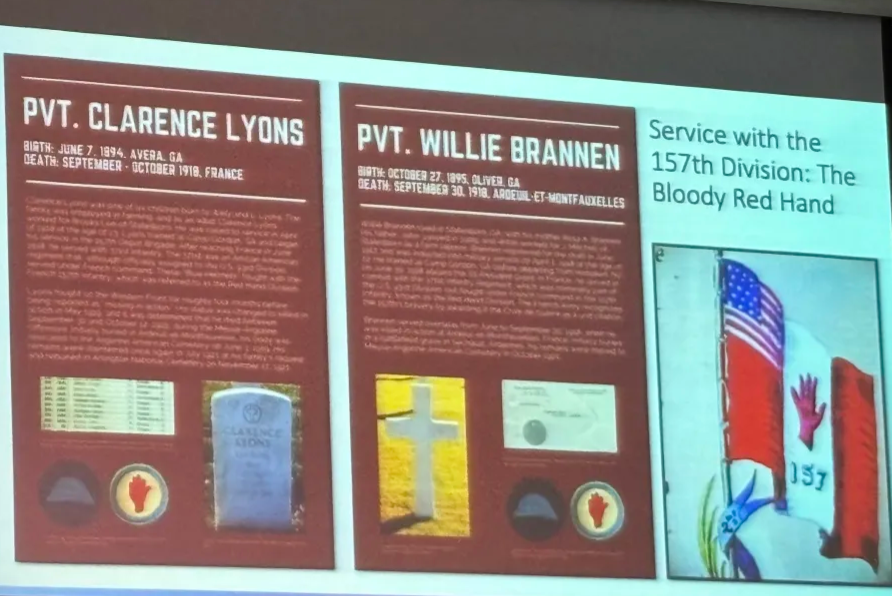
The first Americans to see front-line combat did so under French command, wearing French blue helmets but American uniforms. These men served in the 157th Division, known as the "Bloody Red Hand," one of the most celebrated divisions of the war. The entire unit received the French Croix de Guerre (War Cross), and among them were Pvts. Clarence Lyons and Willie Brannen.
Community leader William James (for whom William James Middle School is named), organized a barbecue homecoming celebration for returning African American soldiers.
“The thing I love most about this topic was having the opportunity to shed light on a group of veterans who had not received the attention they deserved. As a German historian, I had the opportunity to work with local sources, giving me a chance to learn about the community of which I'm now part,” shared Dr. Feltman.
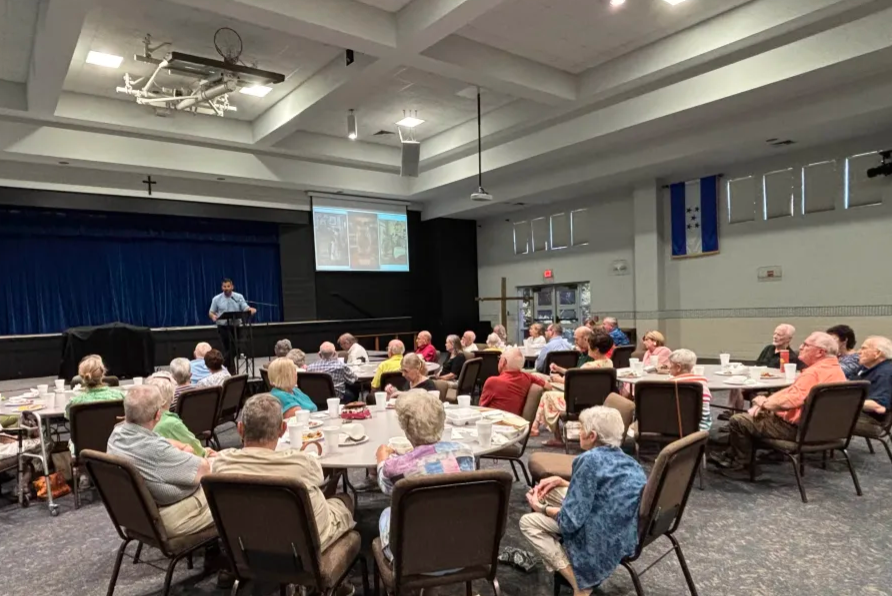
BCHS audience members agreed that this was one of the most engaging programs, eagerly asking questions and receiving detailed responses that brought ‘history to life’.
Dr. Feltman announced that the physical exhibit will be moved to the Willow Hill Heritage and Renaissance Center in Portal in August and continue to serve as an educational tool for years to come.
The next meeting of the BCHS will be held on August 25, 2025, featuring 'An Interview with Roger Branch,' presented by Dr. Brent Tharp.




